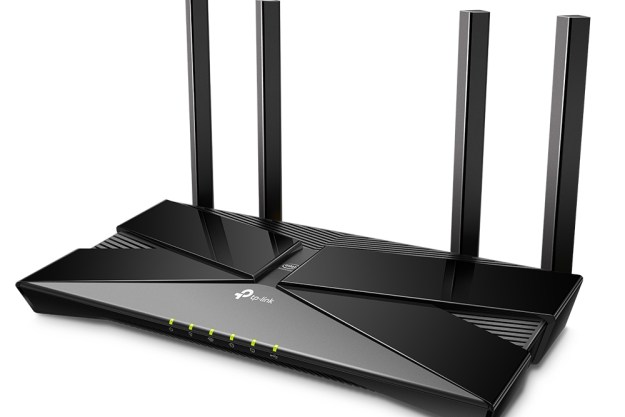We’re moving one step closer still to a future powered not by Wi-Fi, but by Li-Fi. Philips Lighting, which you likely know best for its bulbs and other illuminating fixtures, is now moving into the internet space by offering Light Fidelity, otherwise known as Li-Fi. And it’s not just presenting this technology as a possibility — it’s actually already testing the new network in a real office. Icade, a French real estate investment firm, is one of the first companies in the world to use Li-Fi in order to provide its employees with broadband internet by way of lights.
“LiFi has enormous potential for today’s digital age and as the world’s leading lighting company we are proud to pioneer new and innovative services for our customers,” Olivia Qiu, chief innovation officer at Philips Lighting, said in a statement. “While radio frequencies are becoming congested, the visible light spectrum is an untapped resource with a large bandwidth suitable for the stable simultaneous connection of a vast array of Internet of Things devices. Being a lighting company, we ensure that our customers benefit from the finest quality energy efficient light along with state-of-the-art connectivity.”
So how exactly does Li-Fi work? In essence, it is similar to Wi-Fi, but leverages light waves rather than radio waves in order to transmit data. Philips Lighting’s office luminaires provide Li-Fi that boasts a speed of 30 Mbps, all without creating any flickering or dimming in the light bulbs themselves. As the company notes, at speeds of 30 Mbps, users can simultaneously stream a number of HD videos while engaging in a video call.
In the case of the Philips Lighting luminaires, each is equipped with a built-in modem that modulates the light. This light is then detected by a Li-Fi USB key that is plugged into the socket of either a laptop or tablet (one day, this technology will be built directly into hardware). The USB then returns data to the luminaire through an infrared link.
The real benefit of Li-Fi, of course, is that it can be used in areas where Wi-Fi connectivity may be considerably weaker. For example, while radio frequencies may not be able to reach areas underground or interfere with equipment, lighting can be placed just about anywhere. Furthermore, Philips points out, Li-Fi can be used in situations that require more security, as light cannot pass through solid walls, and in order for Li-Fi to work, you need to literally see the light.
Editors' Recommendations
- How to get Wi-Fi access anywhere at any time
- Wi-Fi 7 officially hits 5Gbps, five times the speed of your current router
- World’s first Wi-Fi 7 demo runs 2.4x faster than Wi-Fi 6
- Whatever happened to Li-Fi?
- I tested a Wi-Fi 6 router and laptop together. Is it really that much faster?


